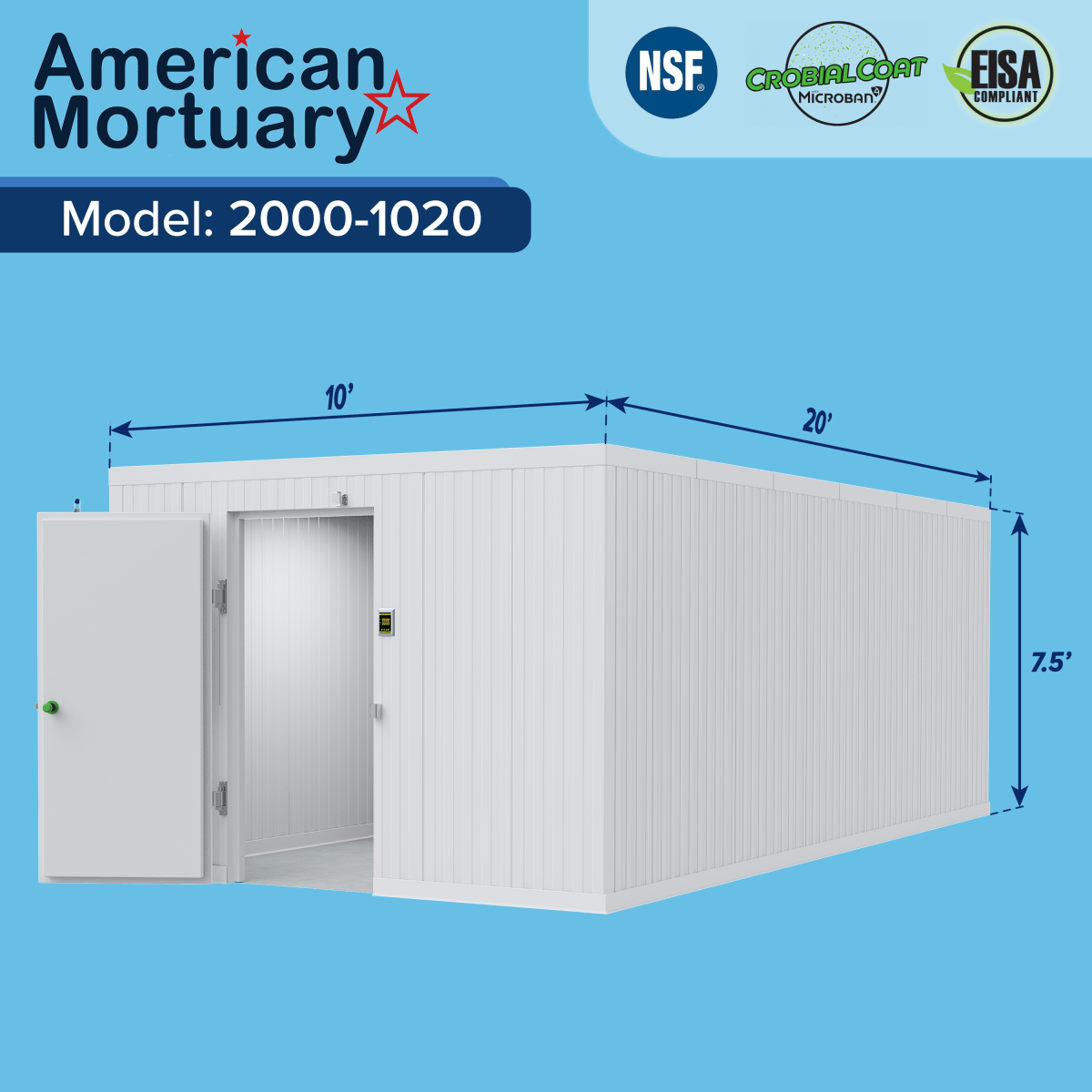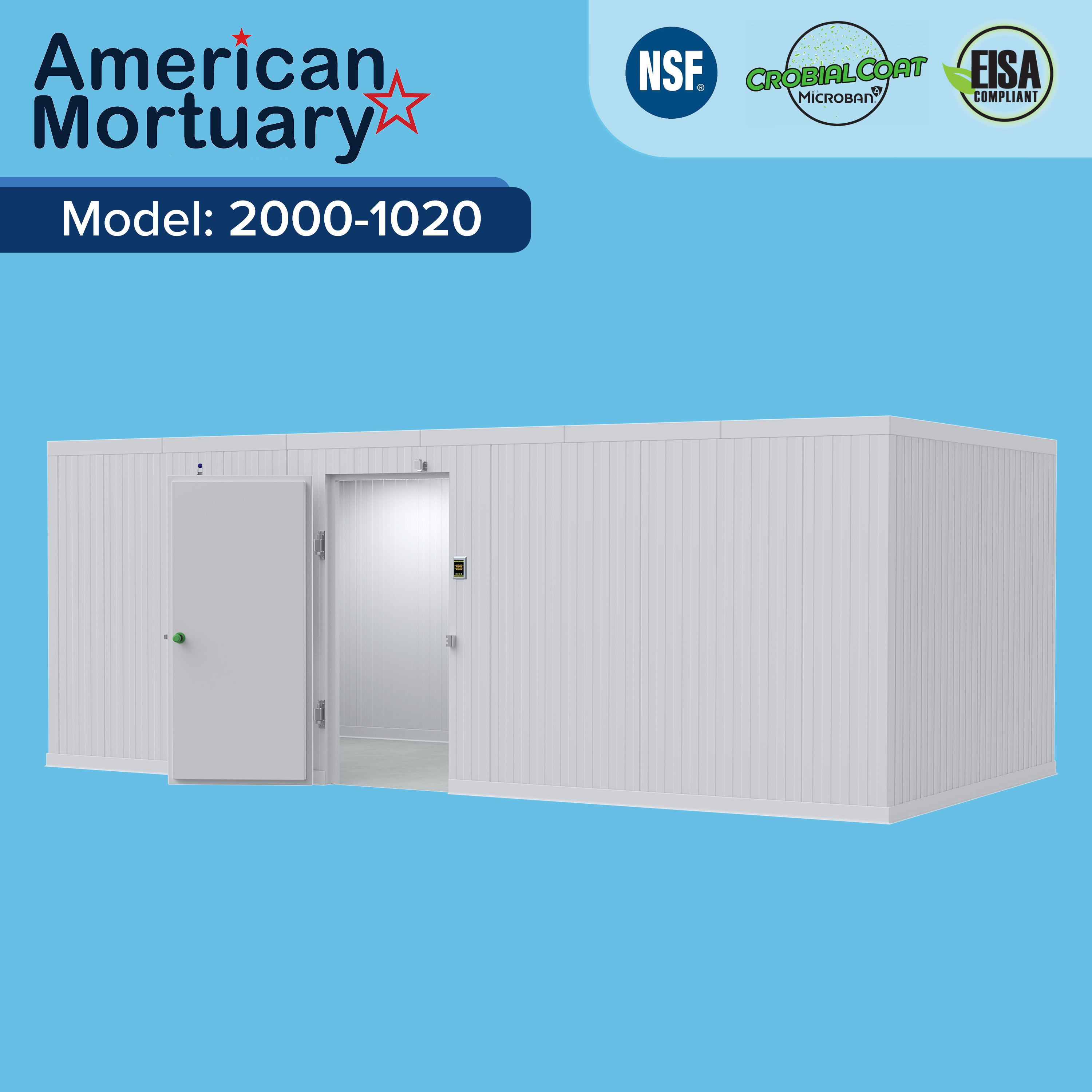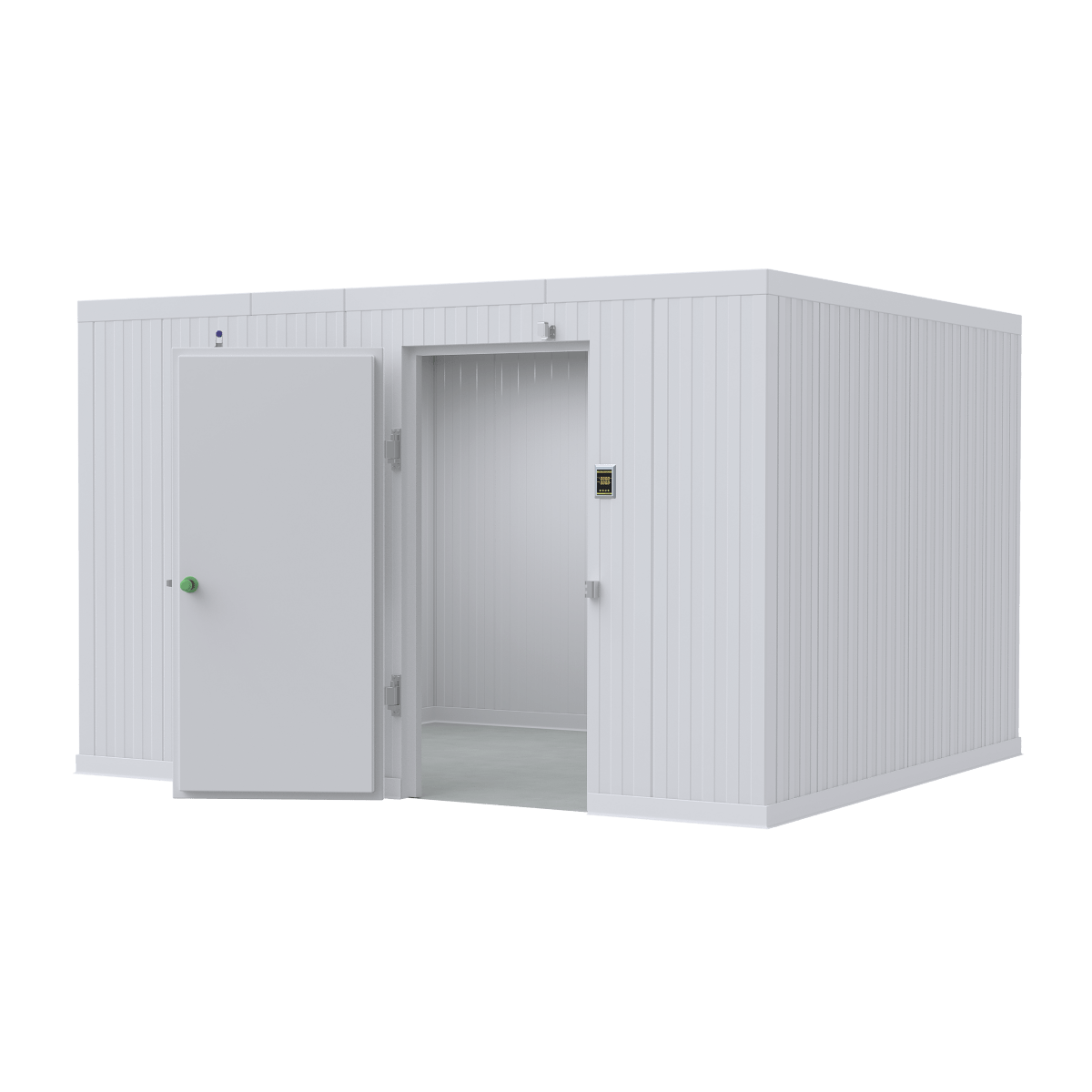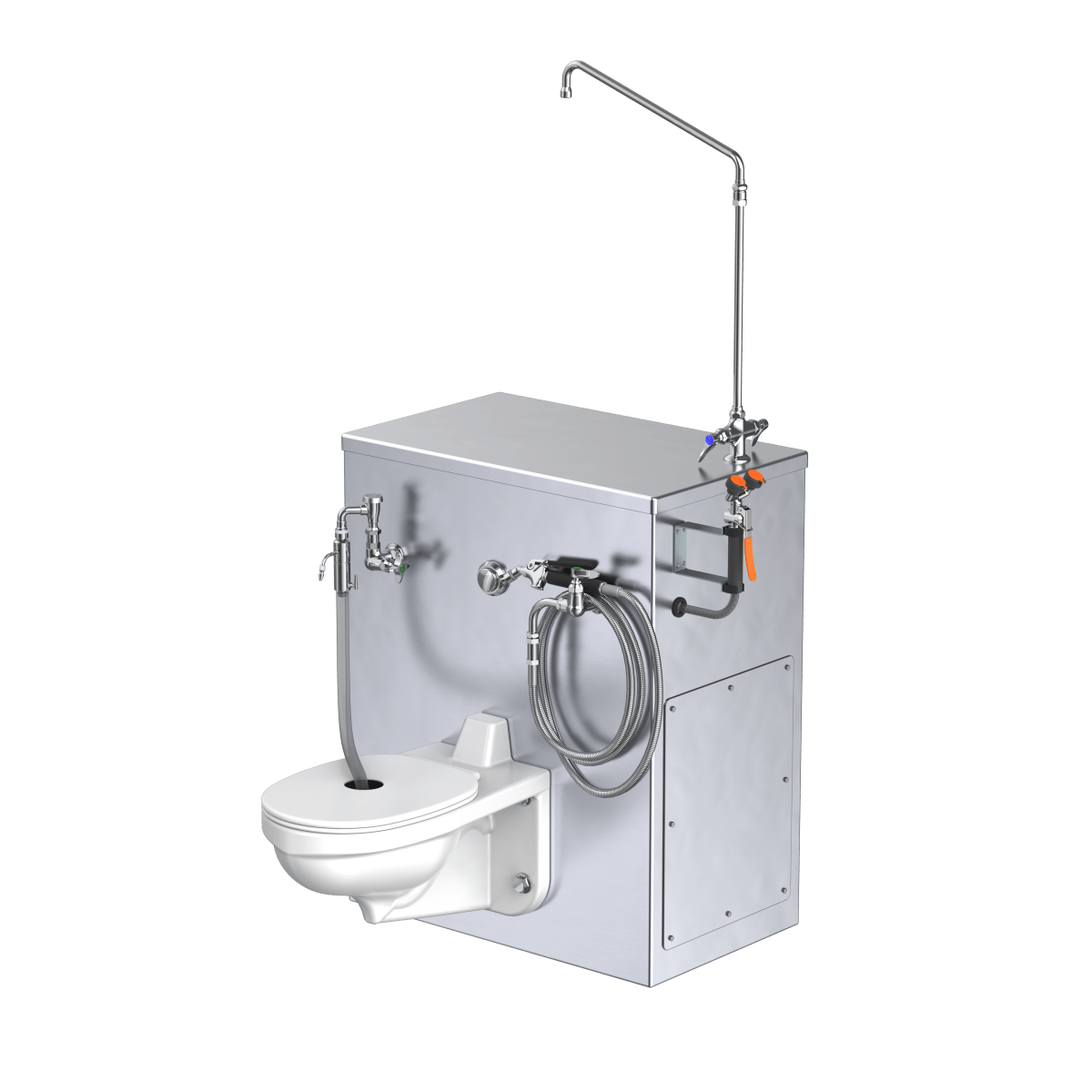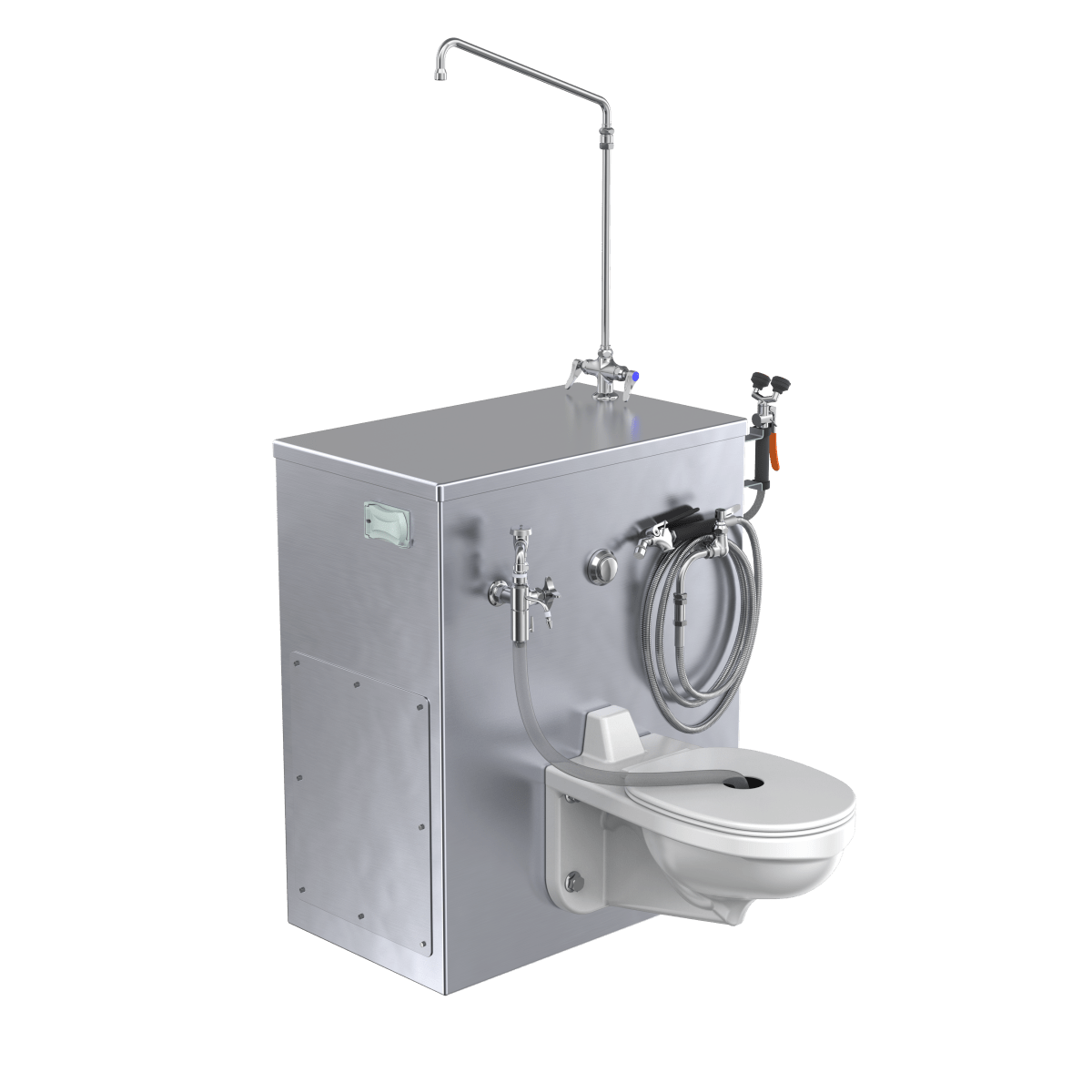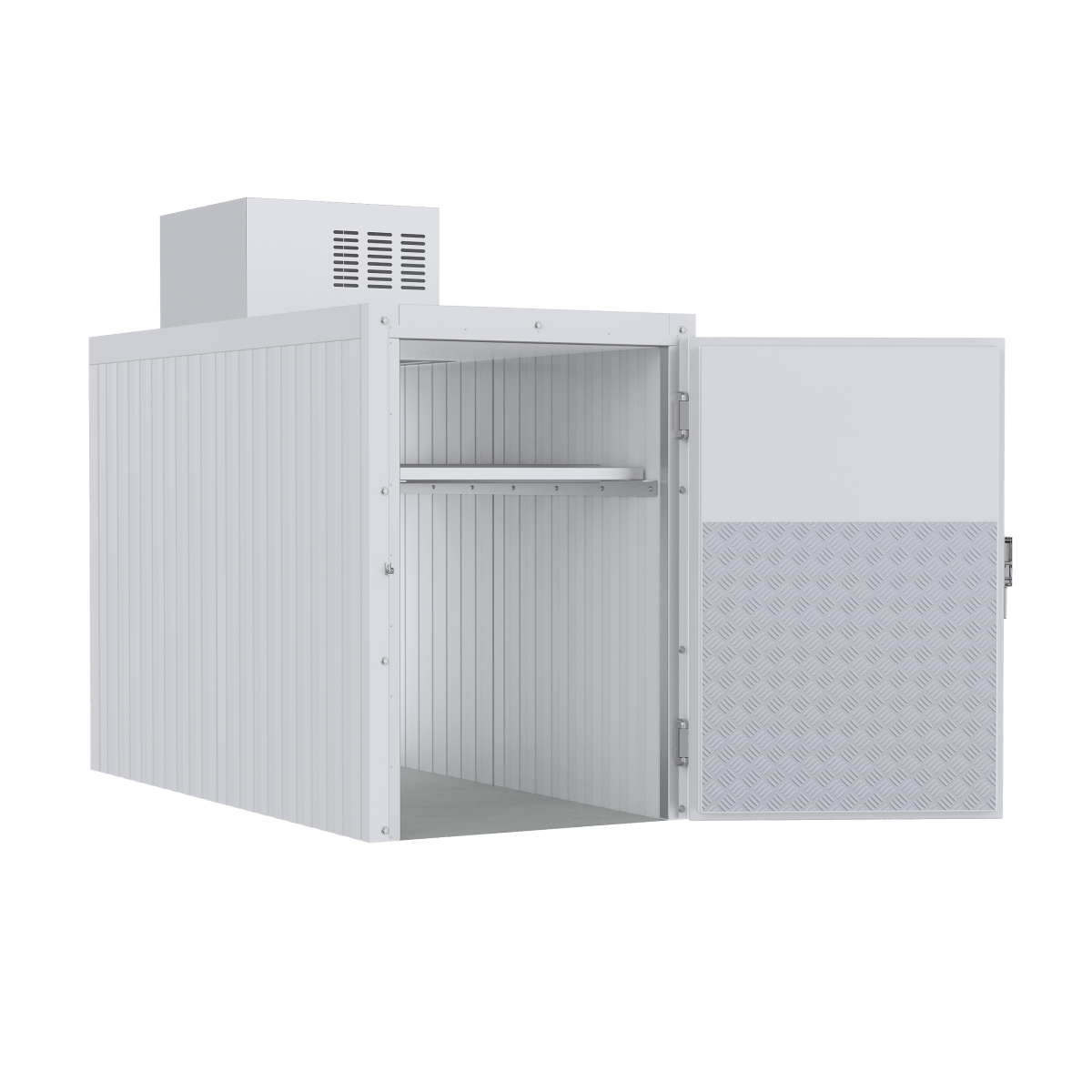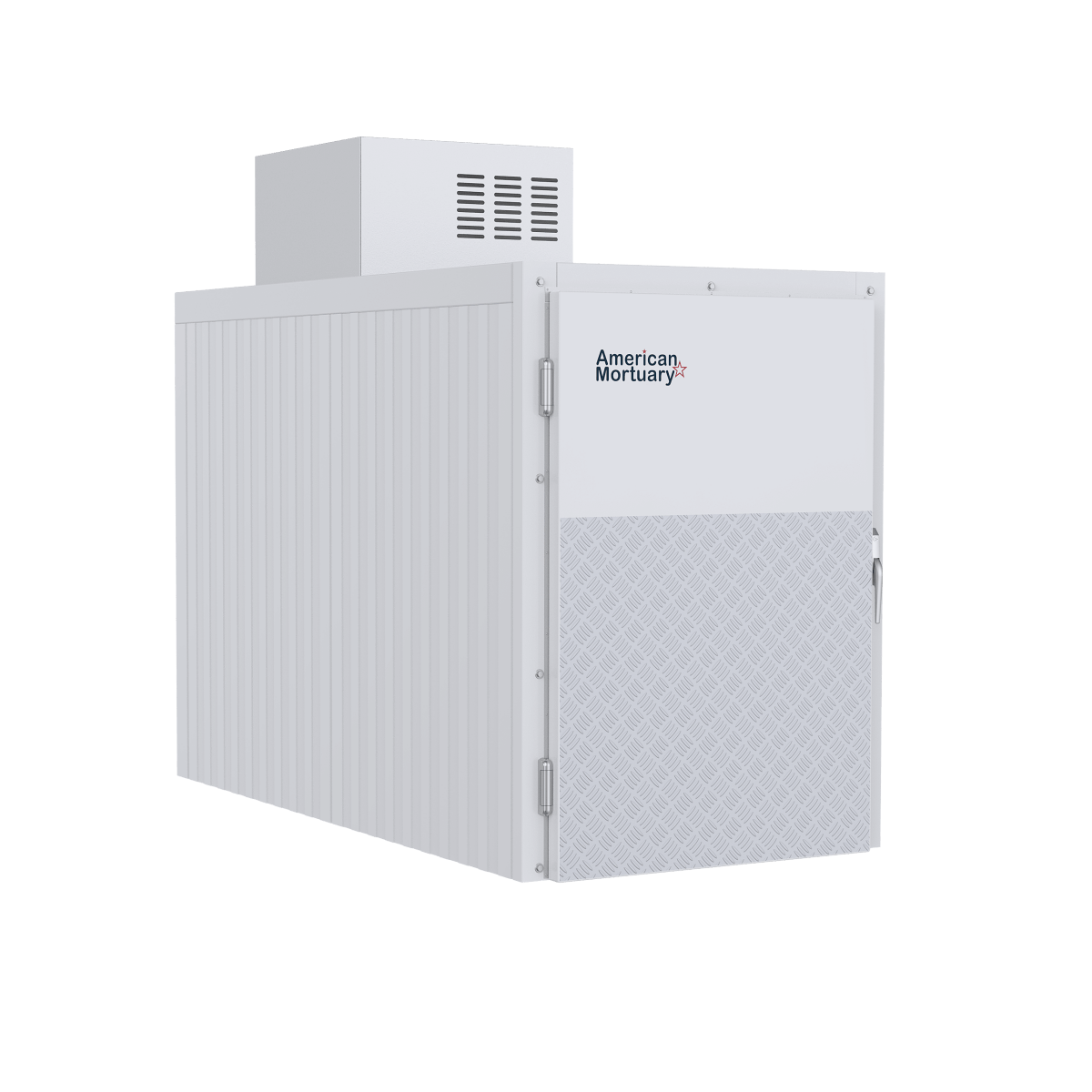Aquamation: The Eco-Friendly Alternative to Traditional Cremation and Alkaline Hydrolysis
In recent years, there has been a growing interest in more environmentally friendly and sustainable options for end-of-life care. As our society becomes increasingly conscious of the environmental impact of our choices, individuals are seeking alternatives that align with their values of conservation and sustainability. One such method that has been gaining popularity is aquamation, also known as water cremation or alkaline hydrolysis. This process offers a gentle and eco-conscious alternative to traditional cremation and burial methods. In this article, we will explore what aquamation is, how it works, its benefits, and why it's becoming a preferred choice for many.
What is Aquamation?
Aquamation, or water cremation, is a process that uses water, heat, and alkaline chemicals to break down the body of the deceased. It's a natural method that mimics the decomposition process that occurs in nature, but at an accelerated rate. The process reflects a harmonious cycle of life and death, respecting the natural world while offering a contemporary approach to saying goodbye to loved ones.
How Does It Work?
During aquamation, the body is placed in a stainless steel chamber filled with a solution of water and alkaline compounds. This solution is then heated to a temperature of about 200 to 300 degrees Fahrenheit. The combination of heat, water, and alkalinity breaks down the body's tissues and cells, leaving behind only bones and a neutral liquid. This method carefully manages the decomposition process, ensuring that it is both efficient and respectful.
The process takes several hours to complete and is conducted in a controlled environment, often referred to as a mortuary cooler. After the process is finished, the bones are dried and reduced to a fine powder, similar to traditional cremation ashes. These remains can then be returned to the family for memorialization. The neutral liquid, often rich in nutrients, can be safely returned to the environment, completing the cycle of life in an environmentally conscious manner.
Benefits of Aquamation
Eco-Friendly Alternative
One of the primary benefits of aquamation is its environmental impact. Traditional cremation releases carbon dioxide and other pollutants into the atmosphere, contributing to air pollution. The energy consumption involved in traditional cremation is significantly higher, often relying on fossil fuels. In contrast, aquamation uses significantly less energy and produces no harmful emissions, making it a more sustainable option. By choosing aquamation, individuals can significantly reduce their carbon footprint, aligning their final act with their lifetime values of sustainability.
Gentle and Respectful
Aquamation is considered a more gentle and respectful process compared to traditional cremation. The use of water and natural compounds aligns with many people's desire for a more harmonious return to nature. This process avoids the harshness of fire, offering a serene and peaceful transition. Families often find comfort in knowing that their loved one's remains have been treated with care and dignity, fostering a sense of peace during the grieving process.
Reduced Carbon Footprint
The carbon footprint of aquamation is much smaller than that of traditional cremation or burial. It uses less energy and resources, helping to preserve our planet for future generations. This reduced environmental impact is increasingly important as we become more aware of the consequences of our actions on global climate change. By choosing aquamation, individuals can contribute to a healthier planet, ensuring that their legacy is one of care and stewardship for the earth.
The Process of Alkaline Hydrolysis
Step-by-Step Guide
- Preparation: The body is placed in a specialized chamber designed for the process. This chamber is crafted to ensure that the process is both efficient and respectful.
- Solution Addition: A mixture of water and alkaline chemicals is added to the chamber. This solution is carefully measured to ensure the correct balance for effective decomposition.
- Heating: The solution is heated to a specific temperature, allowing the breakdown process to begin. This stage is closely monitored to maintain optimal conditions for the process.
- Decomposition: Over several hours, the body's tissues are broken down into their basic components. This natural decomposition process is accelerated by the controlled environment.
- Collection: The remaining bones are collected, dried, and processed into a fine powder. This powder is then returned to the family, serving as a tangible reminder of their loved one.
Safety and Regulation
Aquamation facilities are required to adhere to strict safety and environmental regulations. This ensures that the process is conducted responsibly, with respect for both the deceased and the environment. The process is conducted under controlled conditions to ensure that it is safe and respectful. Facilities are inspected regularly to maintain high standards of operation, providing peace of mind for families choosing this option.
Why Choose Aquamation?
Personal Beliefs and Values
For many, choosing aquamation aligns with their personal beliefs and values about environmental conservation and a return to nature. It provides a way to honor the deceased while minimizing their environmental impact. This choice often resonates with individuals who have lived their lives with an awareness of their environmental footprint, offering a final gesture of care and consideration for the planet.
Cost-Effectiveness
Aquamation can also be a more cost-effective option compared to traditional burial. The reduced need for land, caskets, and other burial expenses can make it a more affordable choice for families. As funeral costs continue to rise, aquamation offers a practical alternative that does not compromise on dignity or respect, allowing families to honor their loved ones without financial strain.
Increasing Availability
As awareness of aquamation grows, more funeral homes and facilities are offering this service, making it more accessible to those who wish to choose it. This increased availability is a response to the growing demand for sustainable end-of-life options. As more people learn about the benefits of aquamation, its popularity is expected to continue to rise, further encouraging facilities to offer this eco-friendly service.
Conclusion
Aquamation is a growing trend in the field of eco-friendly end-of-life care. Its gentle, respectful process, combined with its environmental benefits, makes it an appealing option for many families. As more people become aware of its advantages, aquamation may continue to rise in popularity as a sustainable choice for those who wish to leave a smaller environmental footprint. By choosing aquamation, individuals not only make a final decision that reflects their values but also contribute to a broader movement towards sustainability in all aspects of life.
In choosing aquamation, individuals can make a final decision that reflects their values and honors the earth, leaving a legacy of care and respect for future generations. This choice not only honors the deceased but also supports a vision of a more sustainable future, ensuring that our planet remains a vibrant and thriving place for generations to come. As more people embrace this option, aquamation stands as a testament to the evolving ways we honor our loved ones and the planet we call home.


